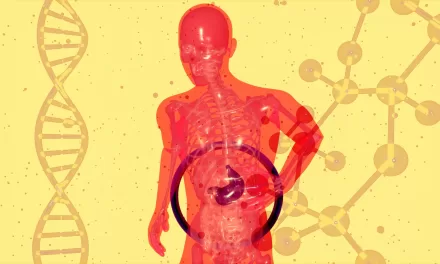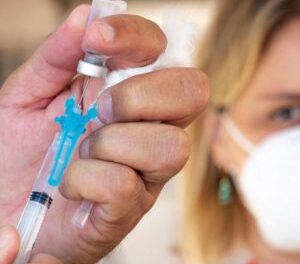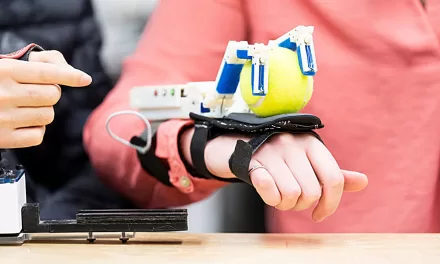New Delhi, September 9, 2024 — The integration of the Health Management Information System (HMIS) portal with other platforms such as the Reproductive and Child Health (RCH) portal will significantly improve data efficiency, Union Health Secretary Apurva Chandra emphasized on Monday. Speaking during the release of the annual publication Health Dynamics of India (Infrastructure and Human Resources) 2022-23, Chandra highlighted the potential benefits of merging these health data systems, streamlining processes for better outcomes.
The publication, previously known as Rural Health Statistics, is a vital resource that provides comprehensive information on India’s healthcare infrastructure and human resources, which is crucial for policy-making and problem-solving within the health sector.
Chandra stressed the importance of ensuring timely data uploads and careful analysis. “We need to integrate the HMIS portal with RCH and other ministry portals to reduce the workload on health functionaries and ensure that data is timely and accurately processed. This will help in making informed decisions that lead to improved healthcare services,” he stated.
The report offers cross-state comparisons, highlighting the disparities in healthcare infrastructure and human resources across India’s states. “This data helps in understanding the specific needs and priorities of states, thereby guiding policy formulation and targeted interventions. It also allows for a comparison of state performance on various health parameters,” Chandra added.
The report revealed critical statistics about India’s healthcare workforce and infrastructure as of March 31, 2023. The country has a total of 1,69,615 sub-centres, with 2,39,911 health workers, and 31,882 primary health centres (PHCs) staffed by 40,583 doctors and medical officers.
Further, it detailed that 26,280 specialists and medical officers serve at 6,359 community health centres (CHCs), while 45,027 doctors and specialists are employed at 1,340 sub-divisional/district hospitals (SDHs), 714 district hospitals (DHs), and 362 medical colleges, catering to both rural and urban populations.
The report also provides insights into the country’s nursing staff, with 47,932 staff nurses at PHCs, 51,059 nurses at CHCs, and 1,35,793 paramedical staff across SDHs and DHs nationwide.
Since its inception in 1992, the Health Dynamics of India publication has been a key resource for stakeholders, offering detailed annual data on health infrastructure, human resources, and comparative analyses. It covers district-wise data and focuses on rural, urban, and tribal health, providing valuable guidance to policymakers, healthcare administrators, and public health officials.
As the Health Ministry continues to improve its data management systems, the integration of key portals is expected to play a crucial role in enhancing the efficiency and effectiveness of India’s healthcare delivery.












